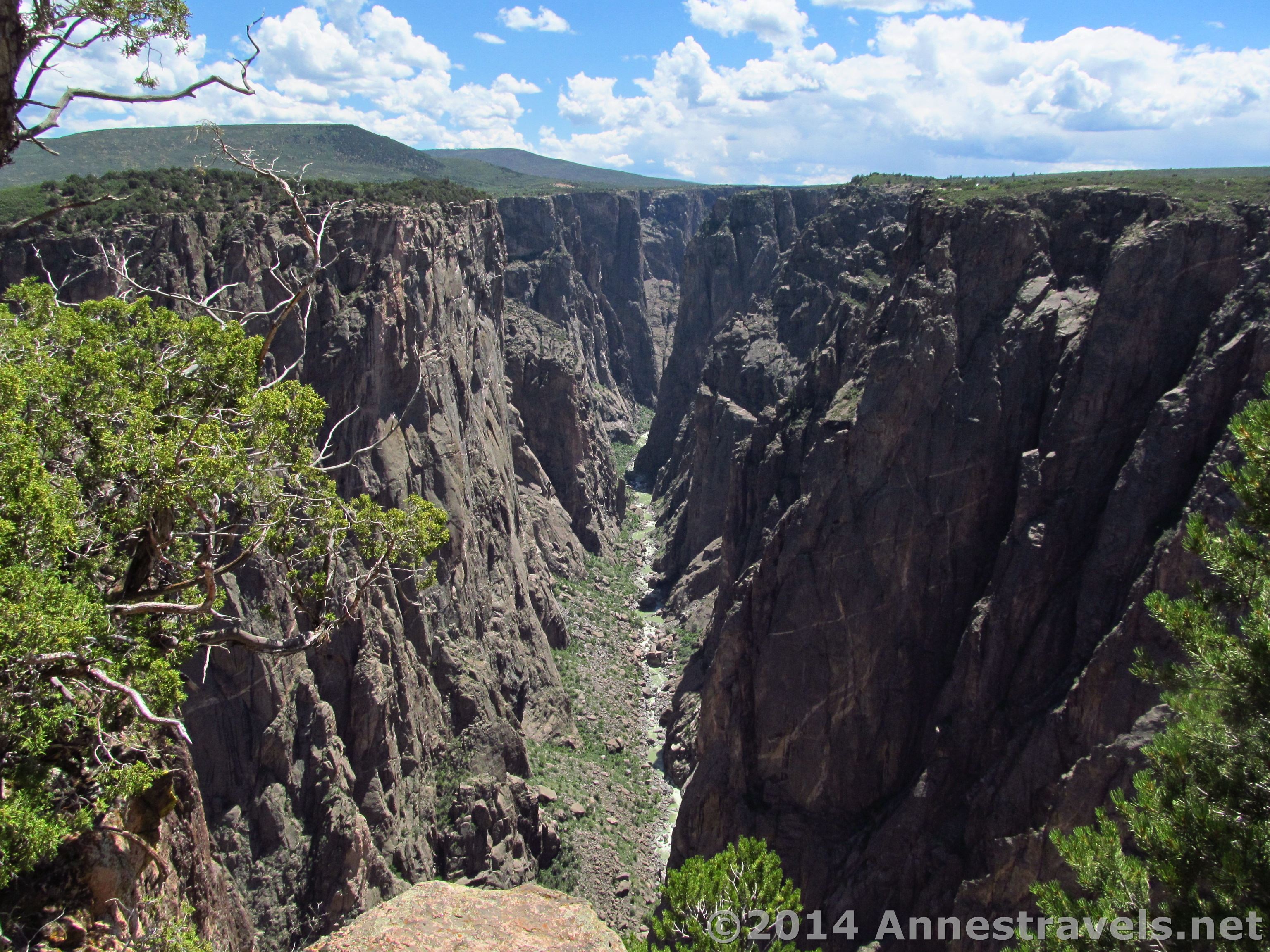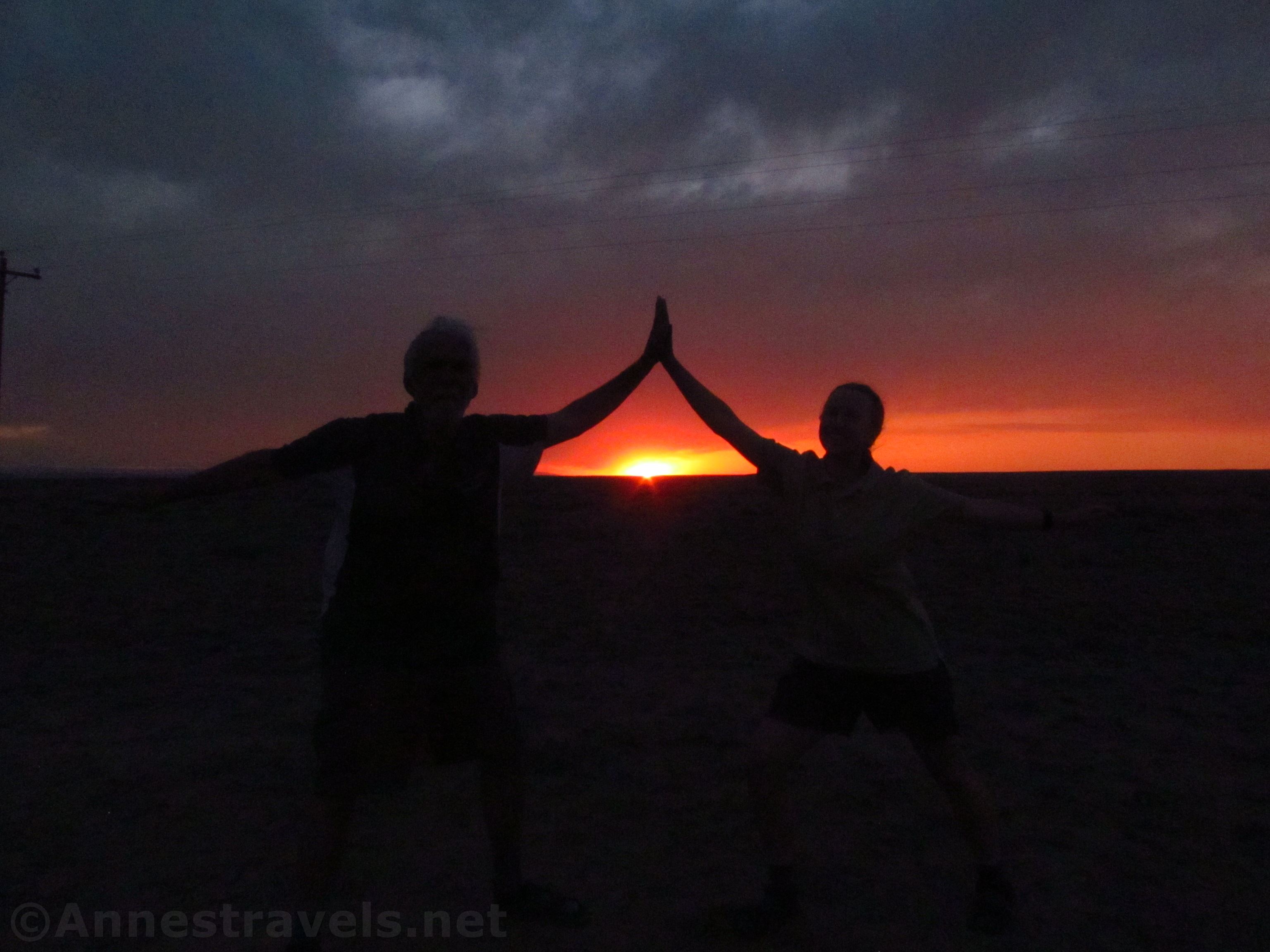
In some situations, there will be a massive difference in the strength of the light between the brightest highlights and the darkest shadows. An excellent example is strong sunlight filtering through the leaves of trees in a forest. Dappled sunlight looks delightful to the human eye, but in a photo, the contrast of light will likely appear too light and too dark all at once as the camera struggles for a median exposure that is neither too light nor too dark.

Another example of the dynamic range of light is a photograph that includes bright sunlight but also some areas of deep shadow. The camera (on auto mode) will choose whether it believes the darkest area or the lightest area to be the part of the picture you want properly exposed. If it chooses the dark area, the light areas will be “blown out,” white, and overexposed. If it chooses the lighter area to expose properly, the darker shadows will be black, and you won’t be able to see what might be in those shadows.

In landscape photography, you’ll face dynamic range of light in most situations. You’ll have to decide what you’re willing to sacrifice – the lights or the darks – when taking a photo, or what you can do to mitigate against the dynamic contrast (for example – using a flash to illuminate a subject in the shadows).